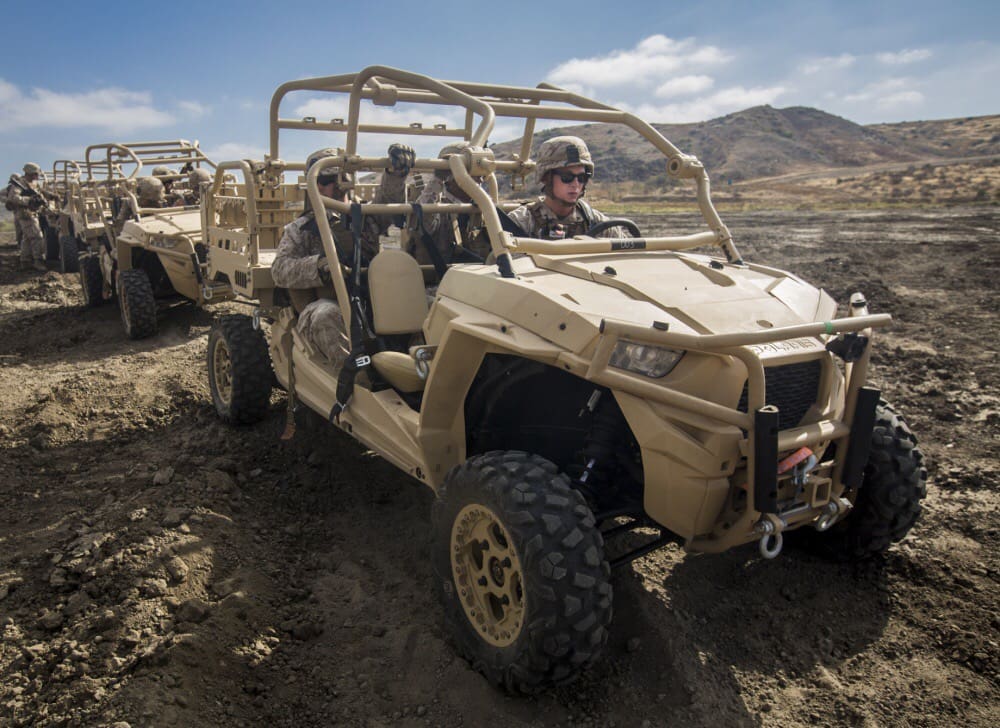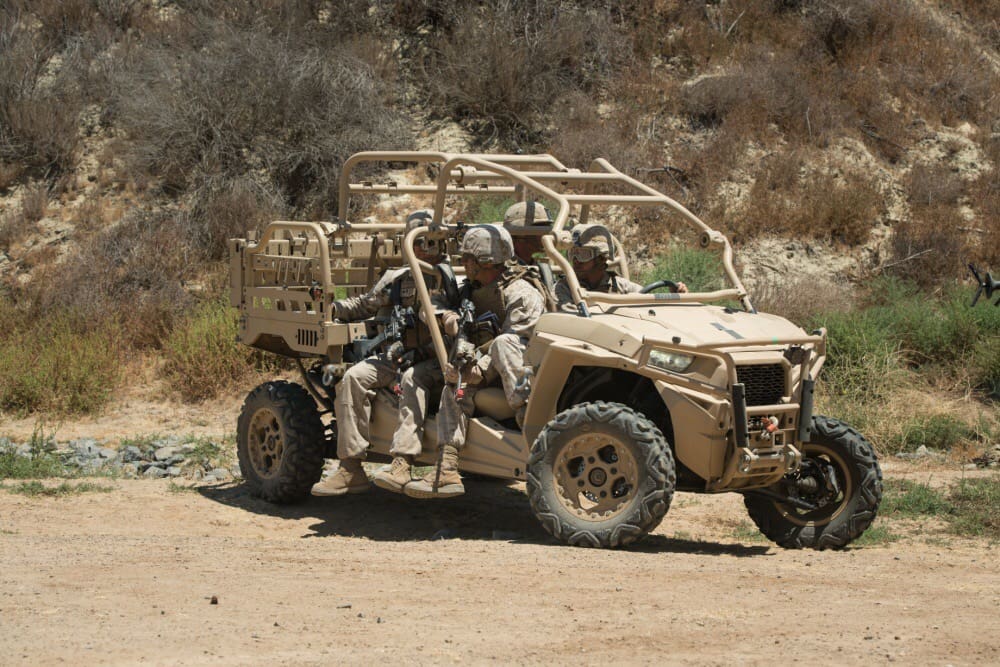ARNPRIOR, ONTARIO–(Marketwired – Nov. 10, 2016) – Pacific Safety Products Inc. (TSX VENTURE:PSP) (“PSP” or the “Company”) announced today that it has entered into an arrangement agreement (the “Arrangement Agreement”) with Med-Eng Holdings ULC (the “Buyer”), a Canadian wholly owned subsidiary of Safariland, LLC (“Safariland”), under which the Buyer will acquire all of the outstanding common shares of PSP for $0.21 per share in cash.
The purchase price represents a premium of approximately 23.5% to the closing price of PSP’s common shares on the TSX Venture Exchange on November 9, 2016 and a premium of approximately 25.9% to PSP’s volume weighted average share price for the twenty trading days ending November 9, 2016.
The transaction, which will be completed by way of a plan of arrangement (the “Arrangement”) under the Canada Business Corporations Act, is expected to close in December 2016. Completion of the Arrangement is subject to customary closing conditions, including court approval, TSX Venture Exchange approval, as well as the approval of two-thirds of the votes cast on the Arrangement resolution by shareholders present in person or represented by proxy, voting as a single class (with each PSP shareholder being entitled to one vote for each common share held), at an annual and special meeting of shareholders of PSP (the “PSP Meeting”) scheduled to be held on Monday, December 19, 2016 to, among other things, consider and vote upon the Arrangement.
The Board of Directors of PSP, after consultation with its financial and legal advisors, has determined that the Arrangement is fair to the shareholders of PSP and is in the best interest of PSP and accordingly has approved the Arrangement Agreement and the making of a recommendation that shareholders of PSP vote in favour of the Arrangement resolution at the PSP Meeting. Echelon Wealth Partners Inc., financial advisor to the Board of PSP, has provided an opinion to the Board of Directors, based upon and subject to certain assumptions, that the consideration being offered by the Buyer pursuant to the Arrangement is fair, from a financial point of view, to the shareholders of PSP. A copy of Echelon’s opinion will be included in the management information circular to be prepared and mailed in connection with the PSP Meeting.
Shareholders, including the directors and officers of PSP, who in the aggregate beneficially own approximately 21.7% of the outstanding common shares of PSP, have agreed, pursuant to support agreements and subject to certain exceptions, to vote their shares in favour of the Arrangement at the PSP Meeting.
Under the Arrangement, Buyer will also acquire the common shares of PSP issued upon conversion of outstanding convertible debentures in the aggregate principal amount of $749,000, which are convertible at a price of $0.15 per common share. In addition, each stock option of the Company outstanding immediately prior to the effective time of the Arrangement will be cancelled in exchange for a cash payment equal to the amount by which the consideration per common share payable pursuant to the Arrangement exceeds the exercise price of such option. Total cash consideration of approximately $15.4 million will be paid for PSP’s common shares, convertible debentures and stock options.
The Arrangement Agreement includes covenants of PSP typical for a transaction of this nature, including with respect to non-solicitation, a right granted to Buyer to match any superior proposal for PSP and a provision entitling PSP to a “fiduciary-out”. In addition, PSP has agreed to pay a termination fee of $780,000 to Buyer upon the occurrence of certain events, including if PSP pursues a superior proposal, as well as an expense reimbursement fee upon a termination of the Arrangement Agreement in certain circumstances. The Arrangement Agreement is subject to customary termination rights, including termination at either party’s option if the Arrangement has not been completed by February 19, 2017.
In connection with the PSP Meeting, a management information circular of PSP providing details of the Arrangement as well as the rationale for the support of the Arrangement by PSP’s Board of Directors will be prepared and mailed to shareholders over the coming weeks. A copy of the Arrangement Agreement, the management information circular and the support agreements will be available on PSP’s SEDAR profile at www.sedar.com.
Echelon Wealth Partners Inc. and ZED Financial Partners are acting as financial advisors to the Board of Directors of PSP. Wildeboer Dellelce LLP is acting as counsel to PSP. Blake, Cassels & Graydon LLP is acting as legal counsel to the Buyer.
























































































































